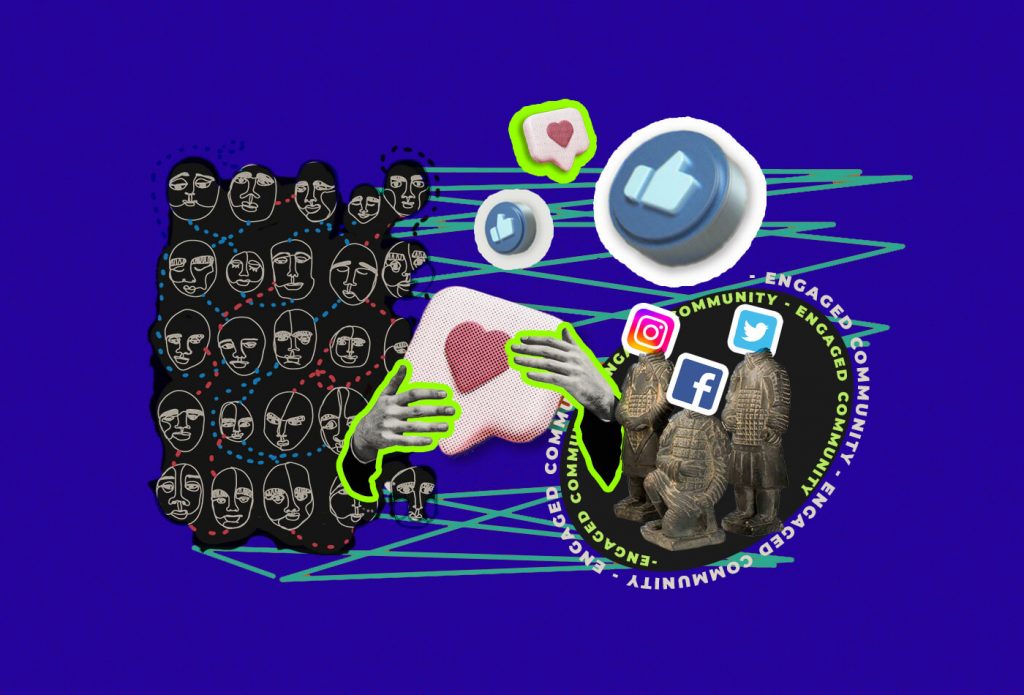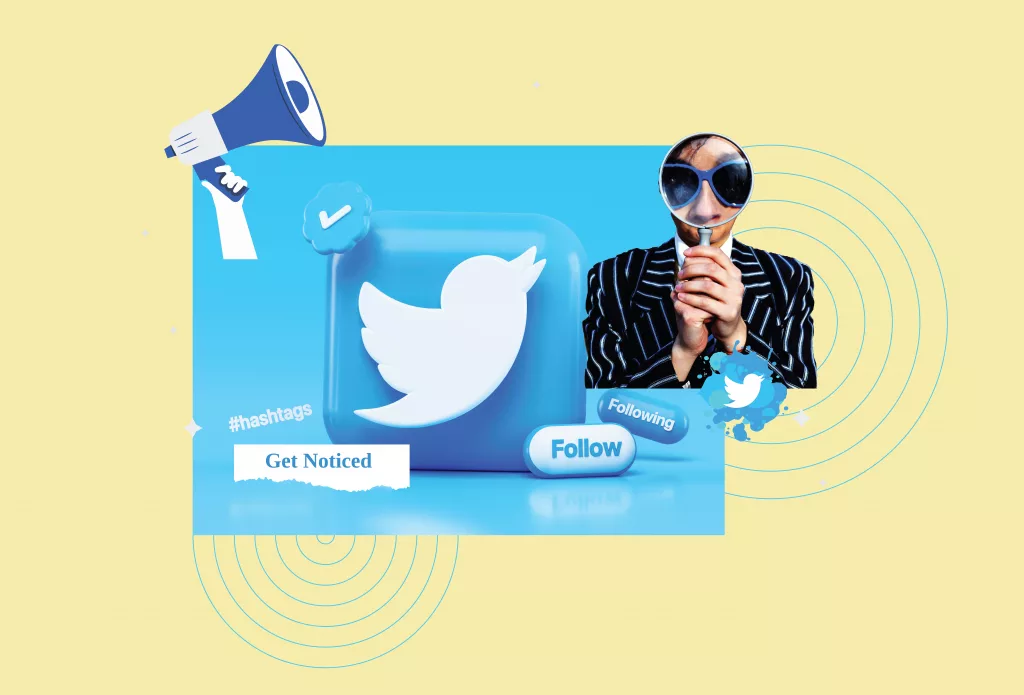We don’t need to tell you that the world lives on the internet. More specifically, on social media. From mindless scrolling through memes, to looking up reviews of products a person might be considering purchasing, social media platforms that only gained popularity about a decade back, have now become everyone’s go-to source for information. How wild is that?
In this landscape, if your brand isn’t playing the social roulette, what is it even doing?
If you’re wondering how to get started with your social strategy, look no further- we’ve got you covered!
Here’s our guide on uncovering strategies that work, and make your audience feel what you want them to feel about you.
Nail the Basics!
The first thing to keep in mind while building a brand on social media is to make sure that there is consistency in your handle, bio, logo, and color palette across all social media platforms where your brand exists.
You can choose to change the styling of your logo a little bit between platforms if the allotted space is lesser, or in case the interests of the target audience vary between the platforms.
If you are styling your brand differently on separate platforms, it is imperative to ensure that there are common elements in your social profiles that make a user identify and recognize it as your brand.
In the case of Starbucks, you will notice that the handle is the same across all three platforms; and the banner image is the same on Twitter and Facebook. While it is not strictly necessary for the cover image to be the same on all networks, this approach could still be a success. If you choose to keep different banner images, you can design them in a way that retains your uniquely recognizable brand color palette.
Buffalo Soldiers Tip!
- Facebook offers users the option of creating Video Cover Photos that you can use to animate a standard cover image. Reel in those video views!

- Maintain a posting schedule for your social profiles, and make sure that you stick to it.
The Visual Brand: Extended
Once you’ve got the basics nailed down, it’s time to extend and enhance your visual brand. This means ensuring that the same colors and fonts are reflected in all your content types, be it images, videos, or graphics.
Your audience will notice the consistency in your content, and begin to relate and recognize a post as yours, without even seeing your logo or your social handle.
This should be the ultimate goal for you to strive toward Brand Recognition.
Buffalo Soldiers Tip!
- Create a brand book, with special focus on the section about your visual brand guide: include your chosen typography, your color palette, and they do and don’ts of their usage.
- Plan your content in a way such that on creation, your brand’s aesthetics and color schemes are uniforms.
Marketing Personas
Your audience differs across different social media platforms. You will find the millennial audience on informal platforms such as Instagram, Twitter, and TikTok; whereas Facebook will mostly bring you audiences from older demographics.
If you post the same content on these platforms, there is a very high probability that it will not be accepted and related to in the same way, and it may even be rejected.
This essentially means that you will have to create multiple marketing personas that vary across different social platforms.
Take your existing customer base, and map it to the different social platforms you use. For example, your Instagram account could be used to target millennial consumer groups or small business owners, whereas your LinkedIn account could be used to target talent. Establishing these personas will help you in categorizing your content themes, and in some cases, they might even help you in adjusting your brand’s tone and voice.
Buffalo Soldiers Tip!
Define your target audience, and assign social media networks to the different demographics within that target audience. Use this categorization to create different types of content to suit different target groups.
The Brand Tone
Your visual imagery is the first important piece of branding in your social media posts… but, what is the second?
That would be the related copy on your posts and the captions.
All brands tend to have a defined personality on social media: it could be sarcastic, or it could be formal and informative. Extend your established brand voice to social media, and use it to develop a specific approach to the social networks.
The brand book you write down should also include a voice and tone guide, which defines your brand personality traits, vocabulary, any specific company catchphrases. Covering social media behavior in this style guide can be helpful.
Buffalo Soldiers Tip!
Share your style guide with the team in charge of writing copy and ideating your posts; and if you have multiple people managing your social media accounts, a style guide becomes ever so important for them to use as a reference, so that the different perspectives are aligned, and the brand voice is kept consistent.
Measuring Success
One of the most common goals behind any social media branding strategy is increasing brand awareness. However, the tricky part of the whole gig is actually executing your planned strategies. These steps are the building blocks of your social media strategy; however, branding is more than just logos or colors; your visual imagery and your voice are even more important.
Measuring the success of such qualitative aspects makes the task of determining your return on investment a little tricky. There are various metrics that can be measured, but there’s no definitive list of the ones that truly make an impact.
This is the reason you must define your KPIs clearly across factors such as engagement, reach, and retention. These go beyond just the likes on your posts, or your number of followers; you must also pay attention to shares and brand mentions. You can use social reports from platforms such as Hootsuite to gain insights about the overall social media trends across platforms.
So… Social media isn’t as easy as you thought it was, is it? Well, we know the feeling.
Luckily for you, we’ve mastered the art that is social media; yes, we used the word “art”, because that’s how we look at it.
We know how to make strategies that hit bulls-eye and help you achieve your goals, so talk to us and see your brand become digital eye-candy!




